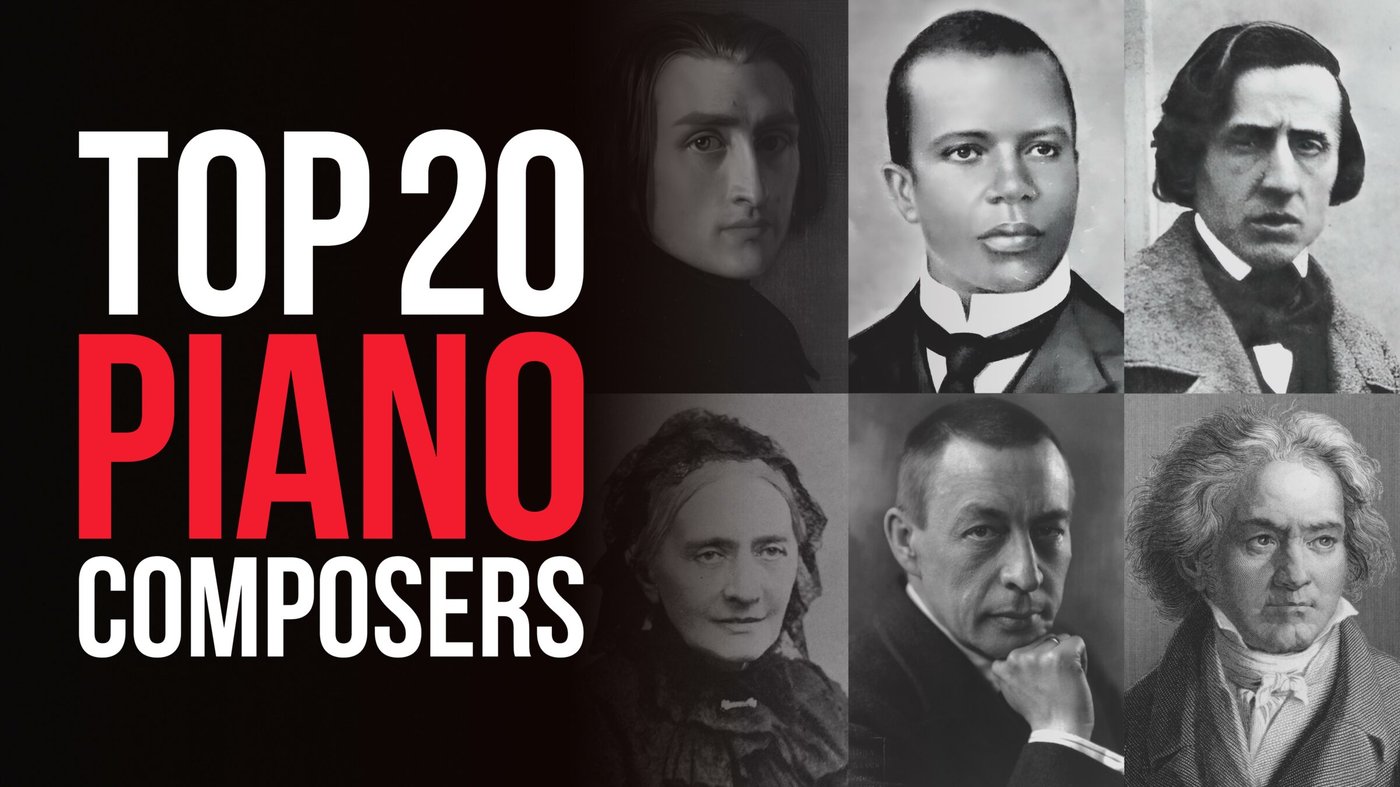
The piano can handle practically every musical genre under the sun. Still, when most people think of pianos, chances are it’s classical music that comes to mind. It’s true that many famous composers are known as “piano composers” because some of their greatest works were composed for the keyboard.
Here are 20 composers throughout the ages who have contributed significantly to keyboard repertoire. You’re likely already familiar with many of them (ie. Bach, Beethoven, Chopin). But some of them may be new names! We’ve also included newer faces who have contributed to piano’s viral popularity in the digital age.
Table of Contents:
Get exclusive interviews, fascinating articles, and inspiring lessons delivered straight to your inbox. Unsubscribe at any time.
Top Keyboard Hits:
Best Known For:
His religious music and, specifically for keyboard music, his counterpoint—multiple interwoven lines of music arranged in complex, creative, and clever ways.
Fun Facts:
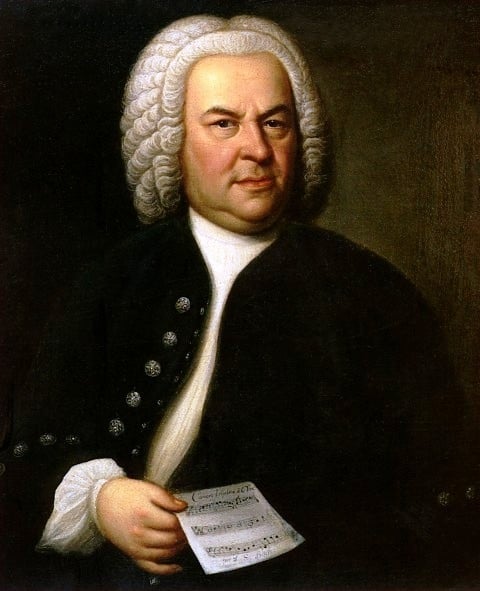
Top Keyboard Hits:
Best Known For:
555 piano sonatas and bridging the Baroque and Classical eras.
Fun Facts:
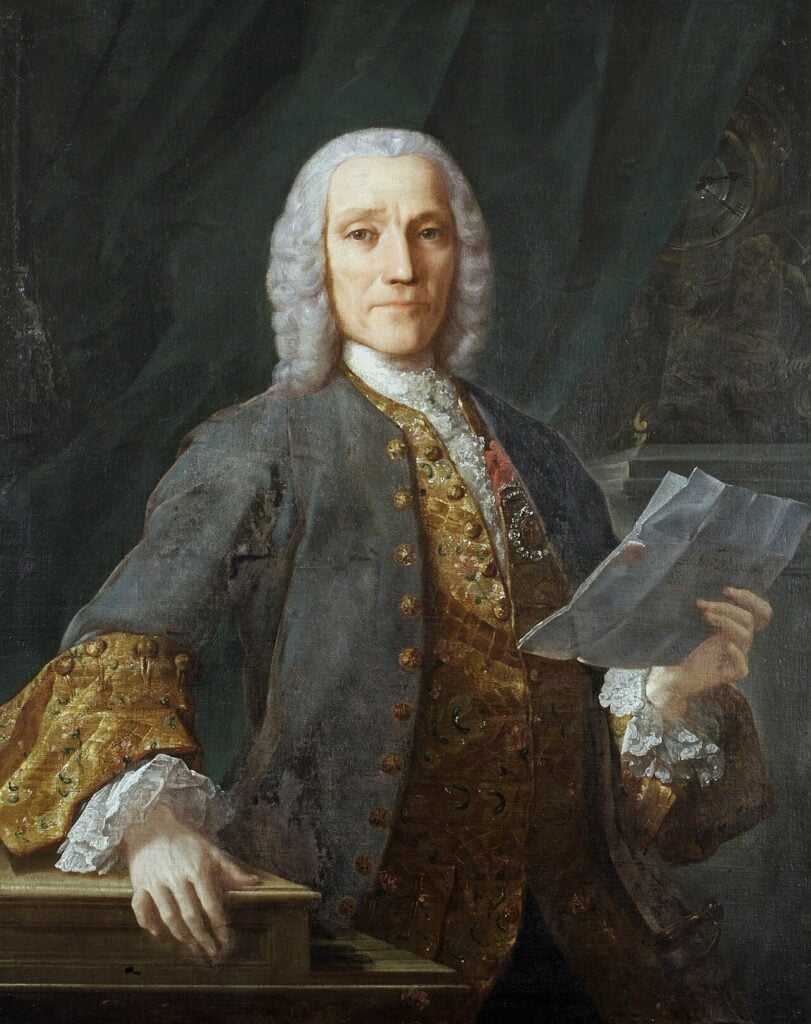
Top Keyboard Hits:
Best Known For:
Charming, beginner-friendly piano sonatinas that sound impressive. If you had classical piano lessons as a kid, you probably played Clementi!
Fun Facts:
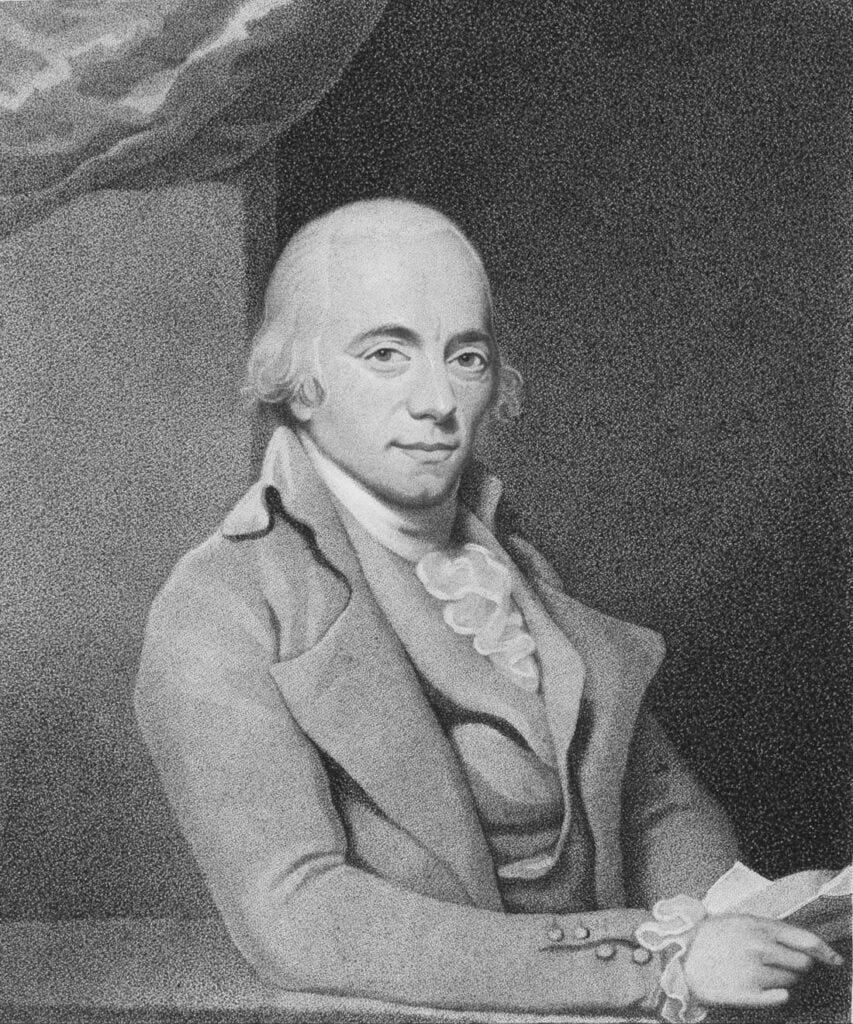
Top Piano Hits:
Best Known For:
Being a child prodigy and a genius. While he’s not everyone’s favorite composer, there is something clever and beautiful about Mozart’s melodies.
Fun Facts:
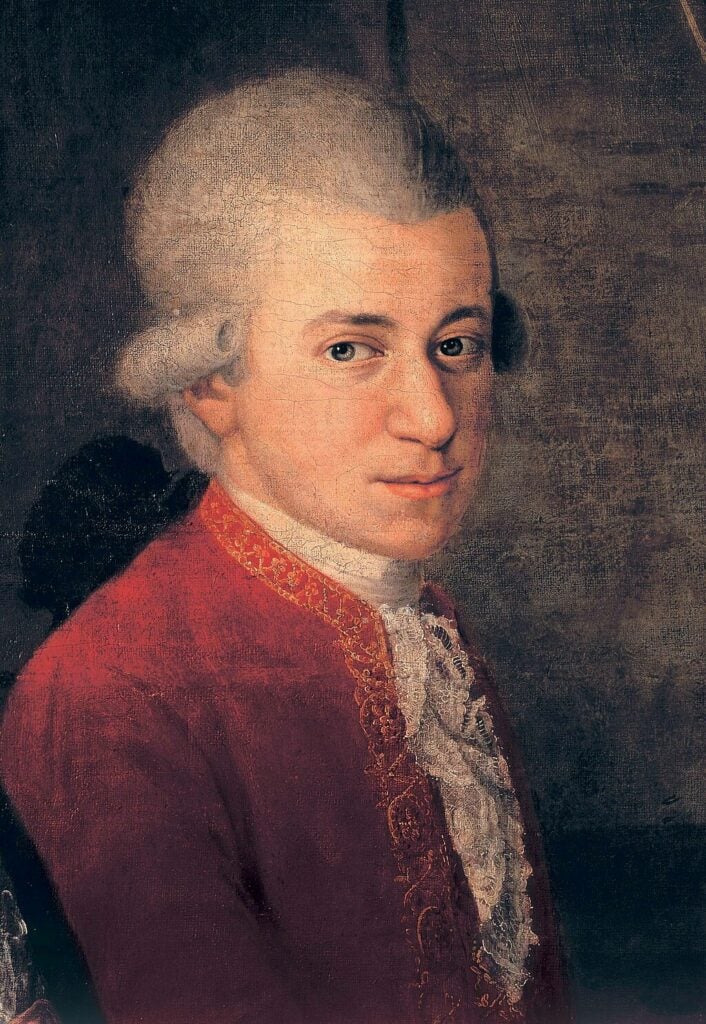
Top Piano Hits:
Best Known For:
Moody and dramatic music, his 32 piano sonatas, and “Für Elise”—arguably the most famous piano piece of all time.
Fun Facts:
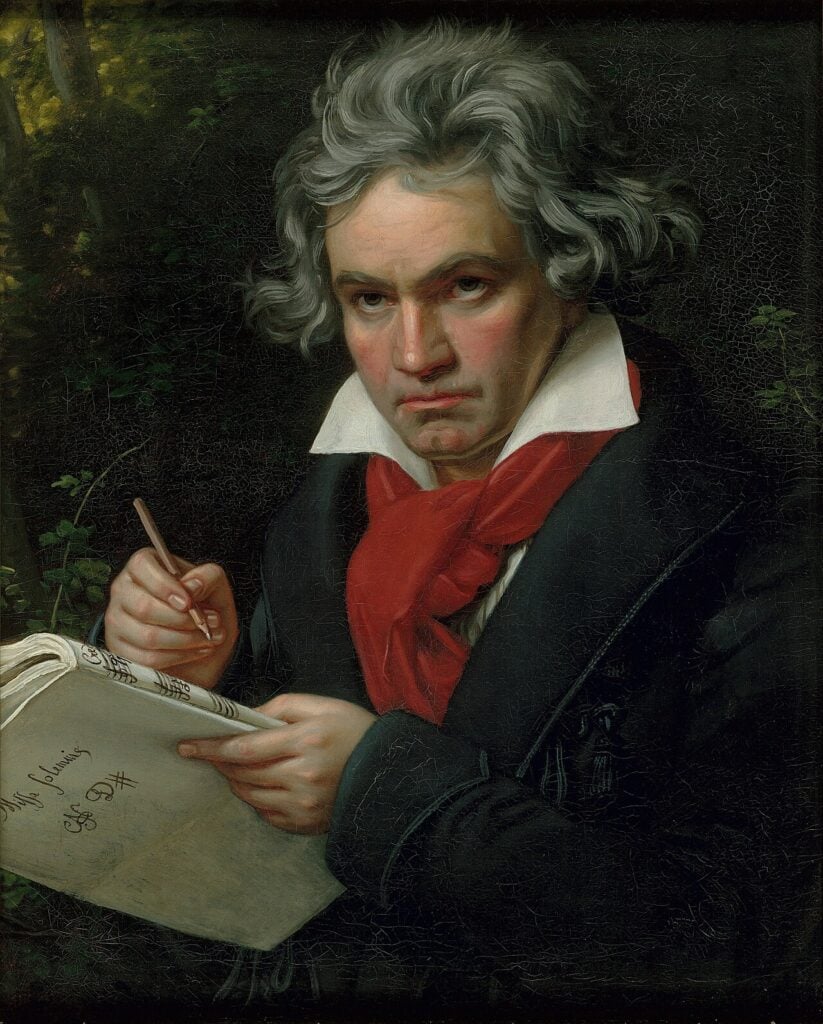
Top Piano Hits:
Best Known For:
Writing a lot of music, especially piano exercises. He was a student of Beethoven’s and in turn, taught Liszt.
Fun Facts:
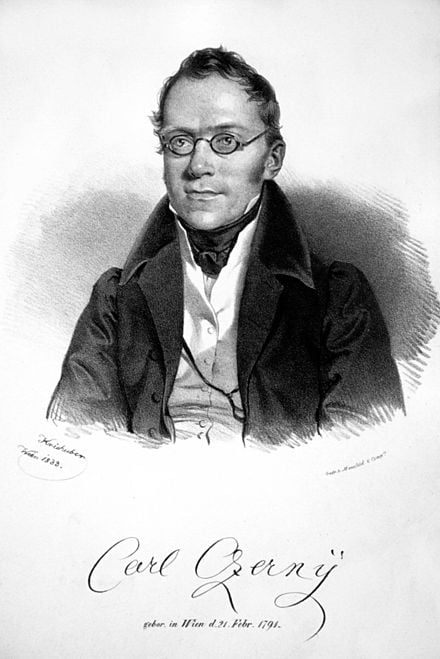
Top Piano Hits:
Best Known For:
Writing over 600 lieder (songs for a singer accompanied by piano) and dying young, in relative obscurity.
Fun Facts:
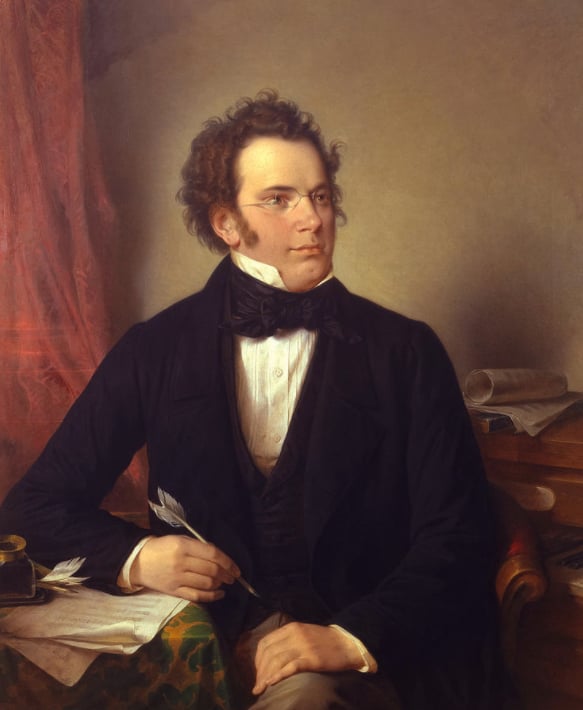
Top Piano Hits:
Best Known For:
Being THE piano composer. Unlike most composers, he focused almost solely on piano. When you think piano, you think Chopin!
Fun Facts:
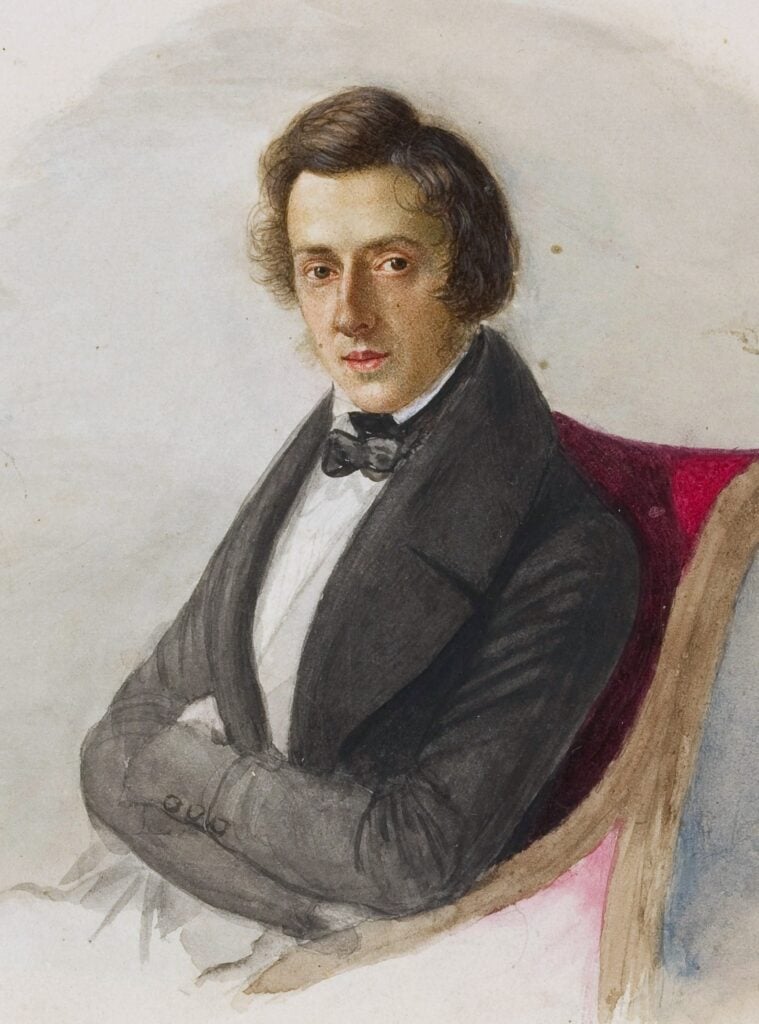
Top Piano Hits:
Best Known For:
Being the world’s first rockstar. A virtuoso and entertainer, Liszt cemented our modern understanding of the music performer.
Fun Facts:
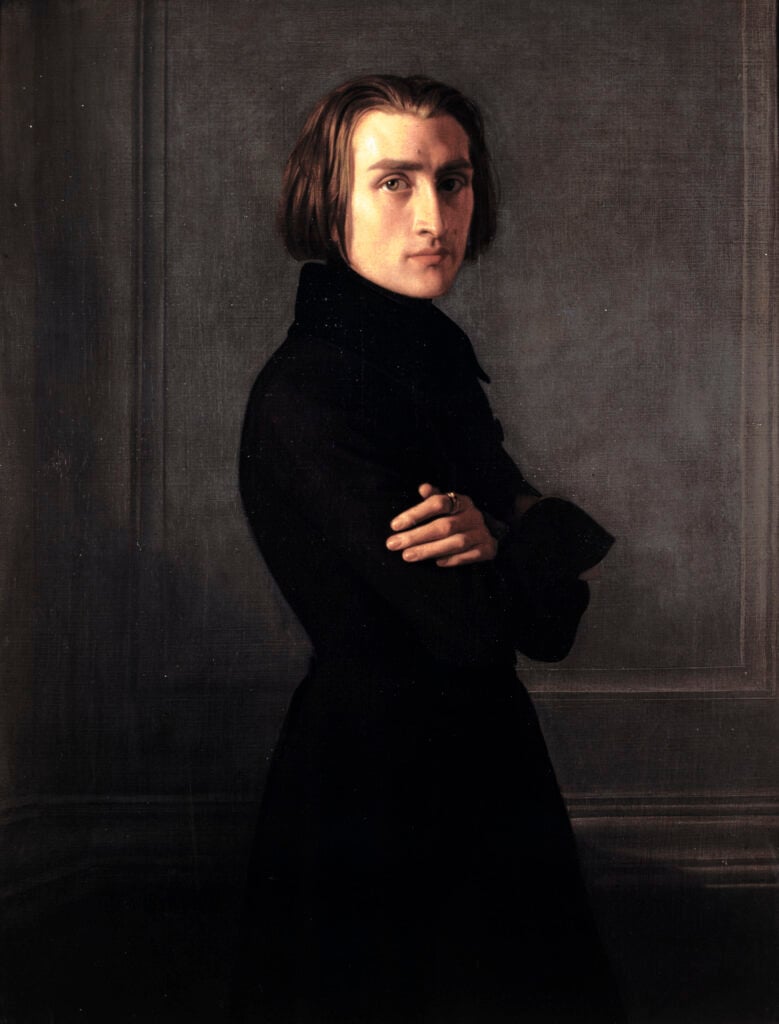
Top Piano Hits:
Best Known For:
One of few women who exerted an influence over classical music. She’s responsible for things we take for granted in modern concerts, such as playing from memory.
Fun Facts:
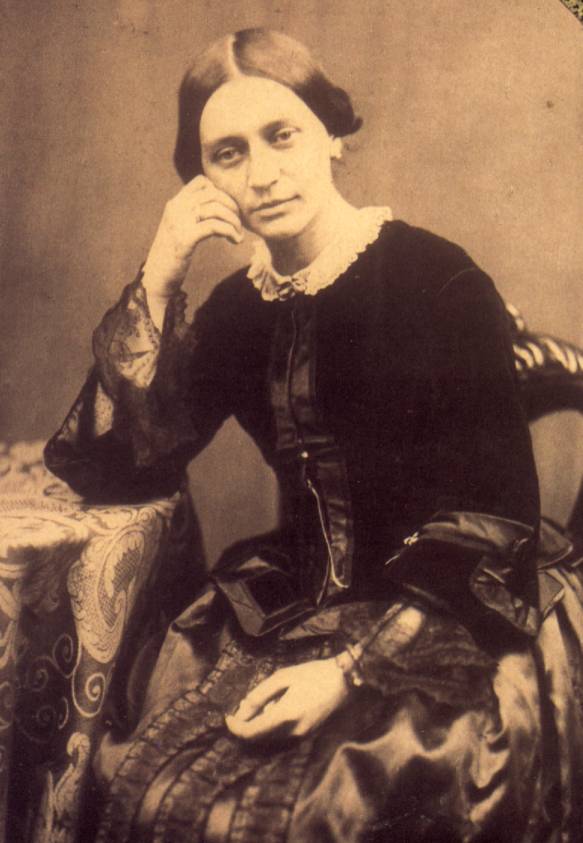
Top Piano Hits:
Best Known For:
Being THE impressionist-style composer and “Clair de lune,” one of piano’s most beloved pieces.
Fun Facts:
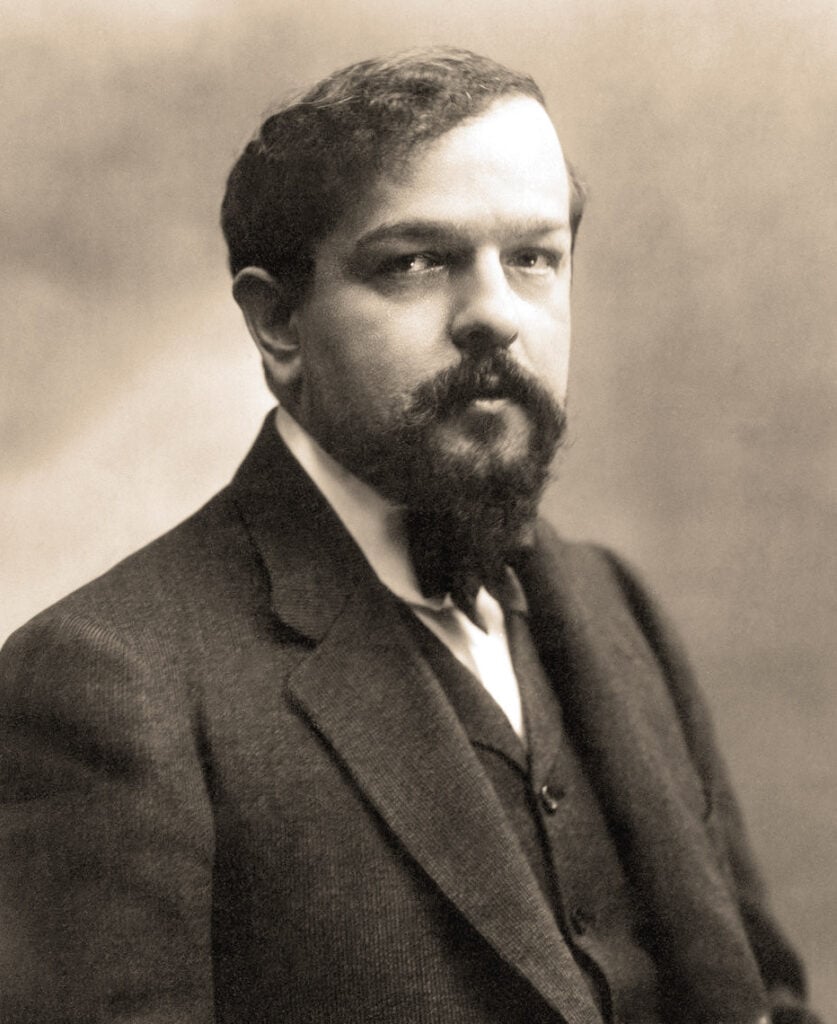
Top Piano Hits:
Best Known For:
His eccentric personality and atmospheric background music.
Fun Facts:
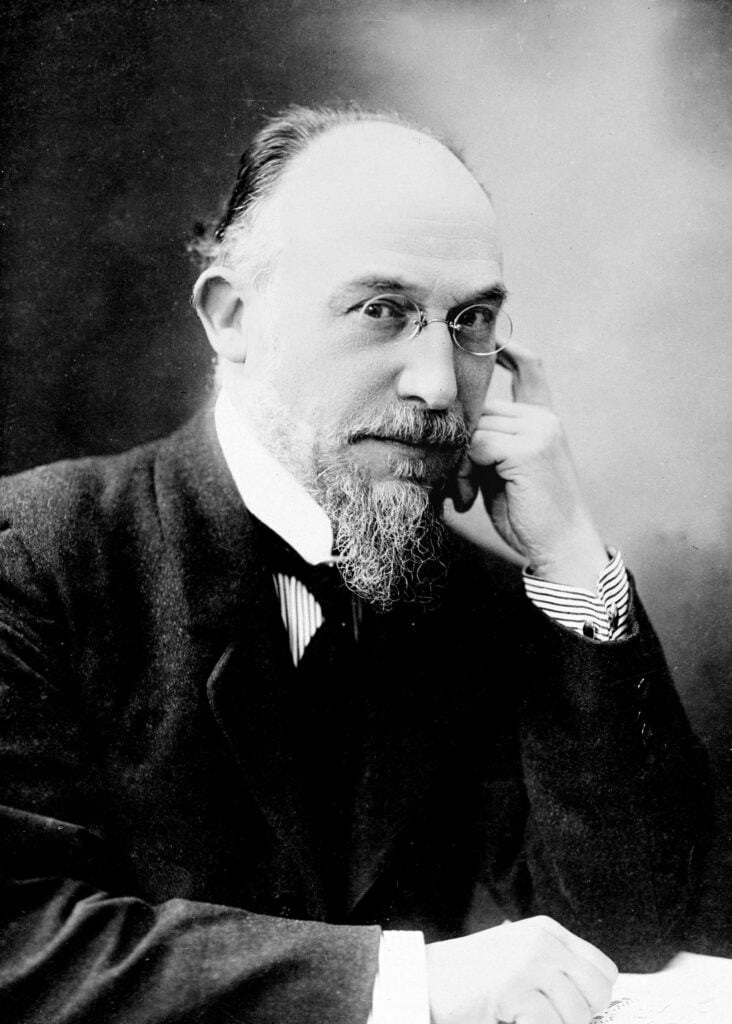
Top Piano Hits:
Best Known For:
Writing the iconic ice cream truck song (“The Entertainer”) and his association with the ragtime genre, a style designed almost exclusively for piano.
Fun Facts:

Top Piano Hits:
Best Known For:
Virtuosic and experimental music, along with his eccentric belief system.
Fun Facts:
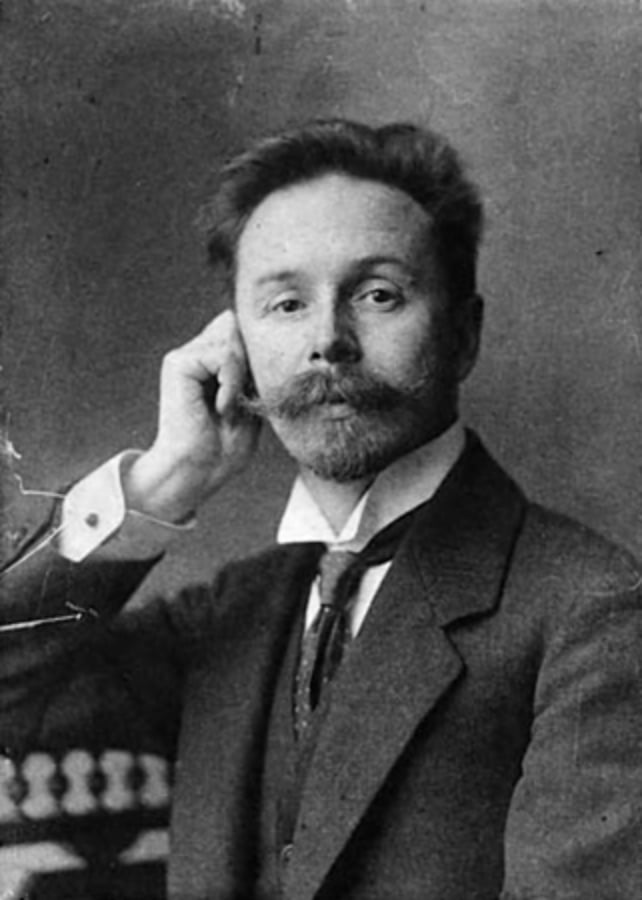
Top Piano Hits:
Best Known For:
Virtuosic, grandiose piano concertos that demand very large hands. The “Rach 3” is considered one of the most difficult piano pieces of all time.
Fun Facts:
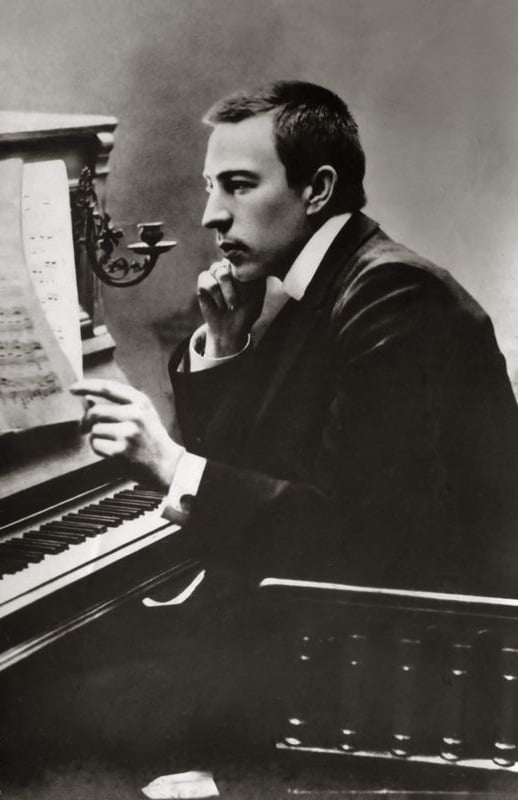
Top Piano Hits:
Best Known For:
Being the “other” French Impressionist next to Debussy. But his style is more improvisatory, almost jazzy.
Fun Facts:
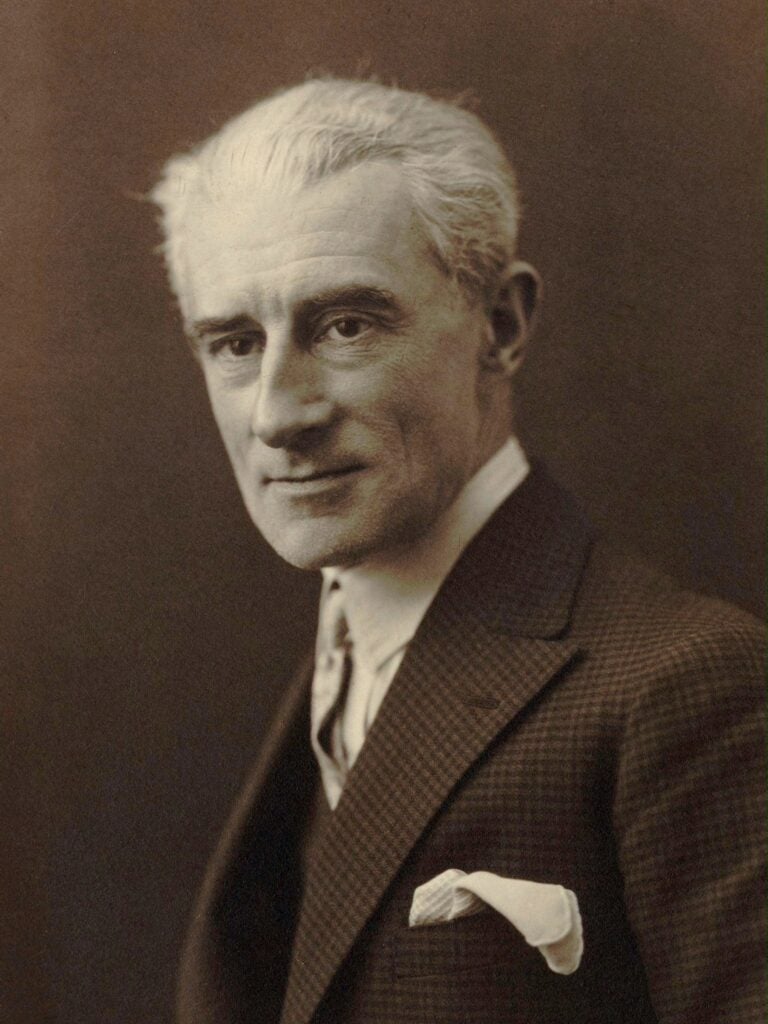
Top Piano Hits:
Best Known For:
Avant-garde experimental music and “preparing” pianos with objects added to their mechanism, such as paper between strings.
Fun Facts:
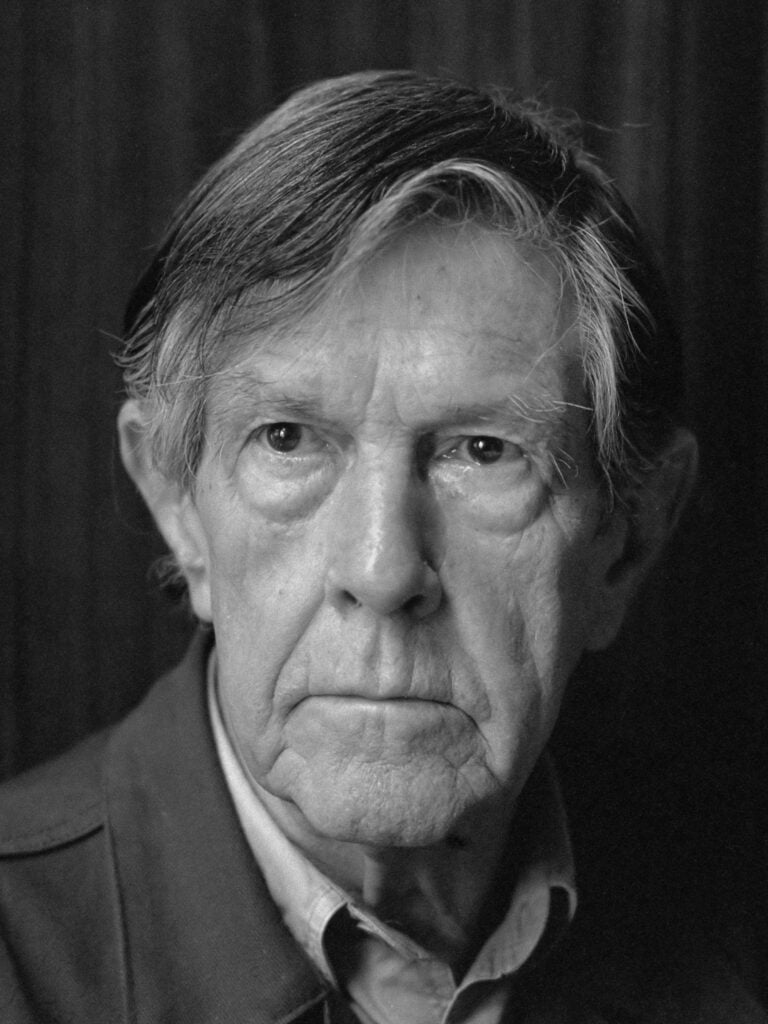
Top Piano Hits:
Best Known For:
Composing the film score behind beloved Studio Ghibli films such as Spirited Away.
Fun Facts:
Top Piano Hits:
Best Known For:
His simple yet beautiful and catchy instrumental music. Whether his music “counts” as classical depends on who you ask, but he’s responsible for revitalizing classical music’s popularity among younger generations.
Fun Facts:
Top Piano Hits:
Best Known For:
A simple and melodious piano style, similar to Einaudi. “River Flows In You” is a viral hit and a favorite song among piano hobbyists.
Fun Facts:
As a Pianote+ Member, you’ll get access to our 10-step Method, song library, and growing community of piano players just like you. Plus: get coached by world-class pianists who have played with rock stars.
Charmaine Li is a Vancouver writer who has played piano for over 20 years. She holds an Associate diploma (ARCT) from the Royal Conservatory of Music and loves writing about the ways in which music—and music learning—affects the human experience. Charmaine manages The Note. Learn more about Charmaine here.
/marketing/pianote/promos/april/banner-bg-m.webp)
We use cookies for traffic data and advertising. Cookie Policy »
/marketing/pianote/promos/april/banner-title.webp)